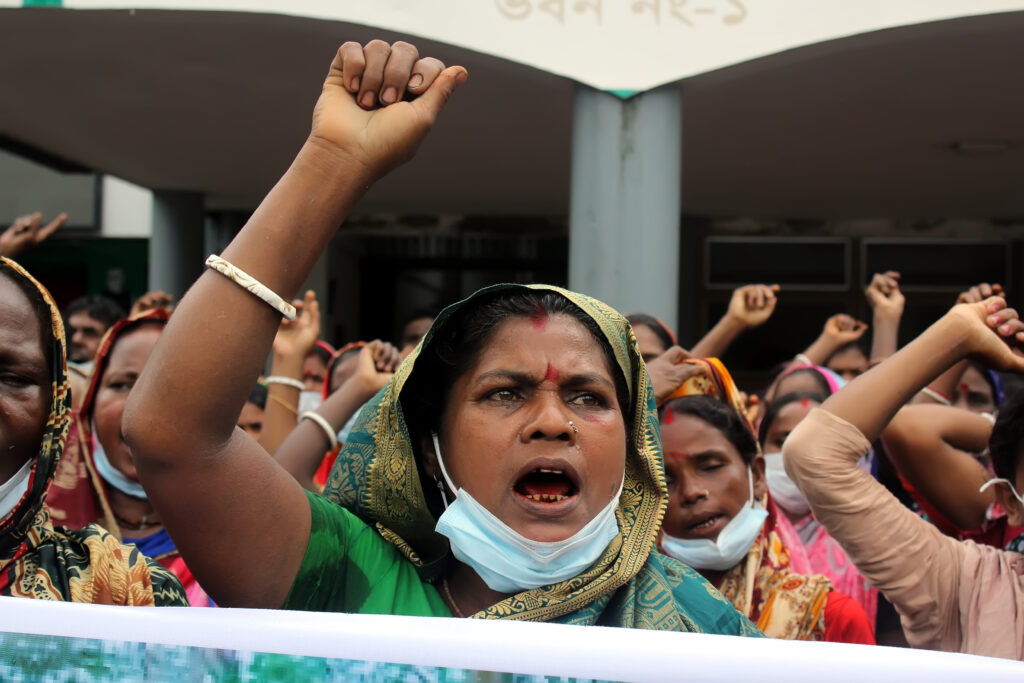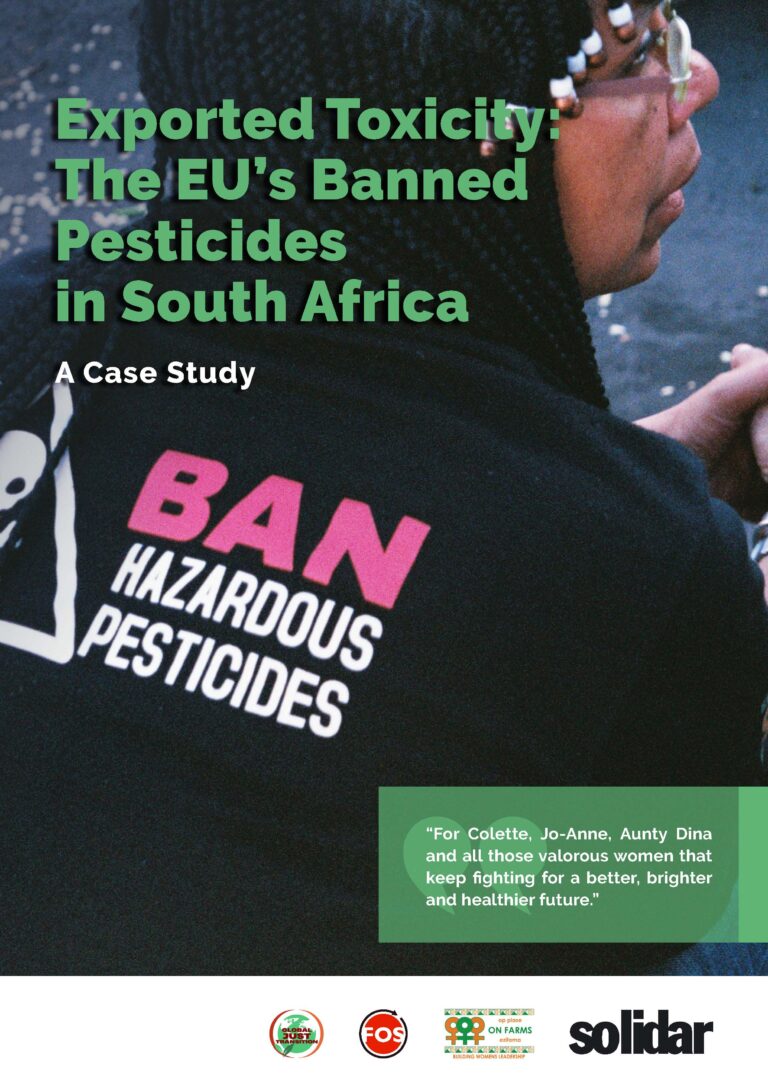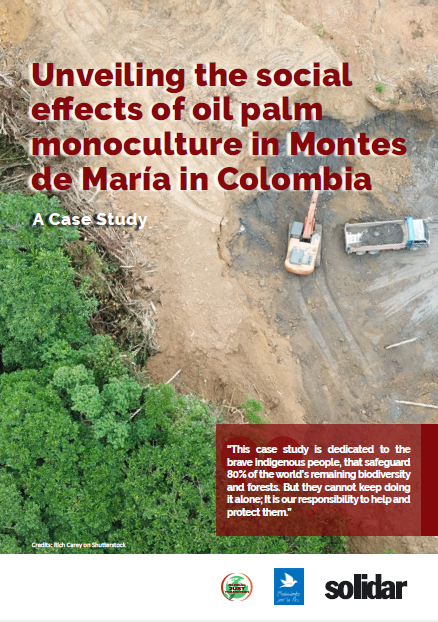Occupational Health and Safety in the age of Climate Crisis
11 years since the Rana Plaza tragedy, Occupational Health and Safety remains a pressing concern globally. Despite progress, millions still face occupational risks daily, exacerbated by climate change, and this is particularly true for Ready Made Garment workers in Bangladesh. Read here our case study, which explores the challenges for a Just Transition in the Bangladeshi’s RMG sector.

11 years ago, on the 24th of April 2013, the eight-story Rana Plaza building on the outskirts of Dhaka, Bangladesh, house of five garment factories, collapsed in less than 2 minutes, taking the lives of more than 1000 workers and injuring more than 2500 in what is considered as the deadliest disaster in the history of the garment industry.
Since then, data show that, despite some progress in International and European legislation, OHS is still considered a cost to be reduced rather than a fundamental right to be respected. To mark the Rana Plaza’s gloomy anniversary and the World Day for Safety and Health at Work (April 28th ), SOLIDAR has published its case study “Ready-Made Disparity: The Impact of Unfair Trading Practices on Just Transition in Bangladesh’s Ready Made Garment Sector“, which explores the intricate landscape of Bangladesh’s RMG sector, examining the interplay between economic growth, social justice and environmental sustainability.
According to recent International Labour Organization (ILO) estimates, globally nearly three million workers die every year due to work-related accidents and diseases, an increase of more than 5 per cent compared to 2015.
This situation is aggravated by intensifying climate change and with it, the impacts that it has on workers all over the world. In fact, 1.2 billion jobs or 40 per cent of the global labour force are at risk because of environmental degradation and workers in developing countries with a large informal sector workforce, inadequate OSH regulations and highly physical jobs are particularly vulnerable.
The new ILO report, “Ensuring safety and health at work in a changing climate“, reveals alarming new data on the impact of climate change on workers’ safety and health. Against this backdrop, political action at the national and international level is needed as well as a radical change in our production and consumption model, and a radical move away from a growth at any cost approach to a wellbeing economy that cares for the human beings and for the planet where OHS at work is not seen as a cost but as a fundamental right.





